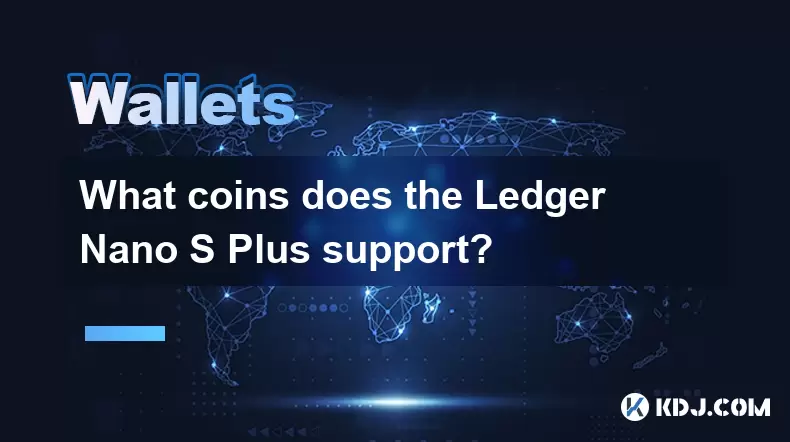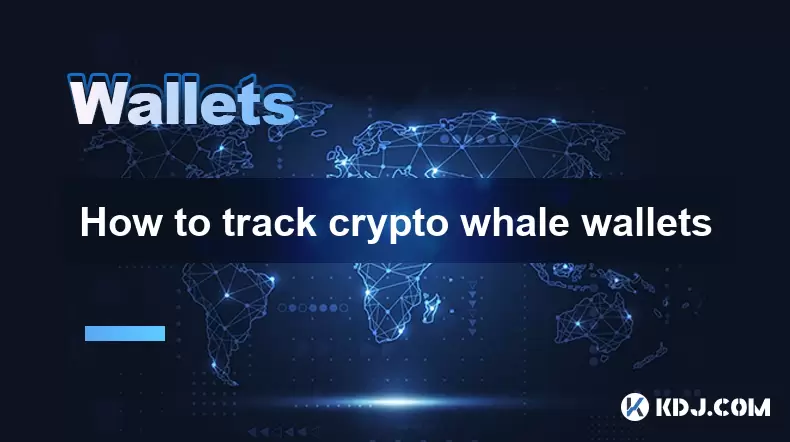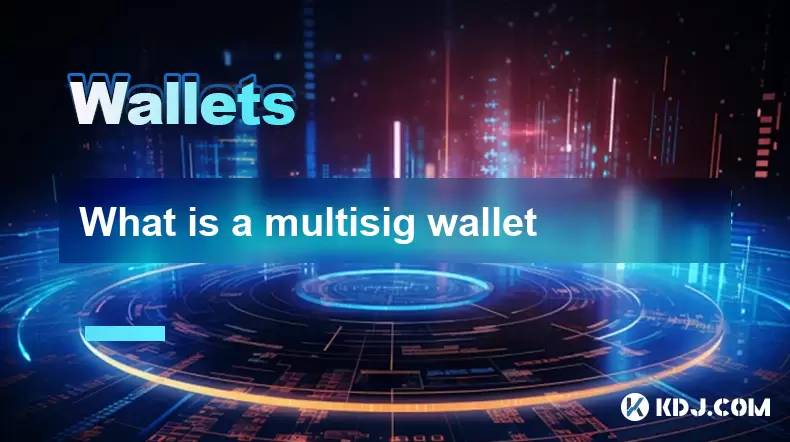-
 Bitcoin
Bitcoin $118,209.3536
1.16% -
 Ethereum
Ethereum $3,151.7546
5.98% -
 XRP
XRP $2.9277
2.35% -
 Tether USDt
Tether USDt $1.0000
0.00% -
 BNB
BNB $689.7099
1.26% -
 Solana
Solana $163.4270
1.91% -
 USDC
USDC $1.0000
0.02% -
 Dogecoin
Dogecoin $0.1983
3.74% -
 TRON
TRON $0.3008
0.51% -
 Cardano
Cardano $0.7435
2.86% -
 Hyperliquid
Hyperliquid $47.6547
-0.48% -
 Stellar
Stellar $0.4625
2.79% -
 Sui
Sui $3.9921
2.71% -
 Chainlink
Chainlink $16.0608
4.23% -
 Hedera
Hedera $0.2348
1.56% -
 Bitcoin Cash
Bitcoin Cash $496.6985
1.25% -
 Avalanche
Avalanche $21.9038
5.41% -
 UNUS SED LEO
UNUS SED LEO $8.8356
-1.88% -
 Shiba Inu
Shiba Inu $0.0...01364
5.31% -
 Toncoin
Toncoin $3.1102
4.35% -
 Litecoin
Litecoin $95.9756
3.59% -
 Polkadot
Polkadot $4.0925
5.78% -
 Monero
Monero $333.7622
-1.44% -
 Uniswap
Uniswap $9.1968
2.25% -
 Bitget Token
Bitget Token $4.6378
6.23% -
 Pepe
Pepe $0.0...01282
6.77% -
 Dai
Dai $1.0002
0.03% -
 Ethena USDe
Ethena USDe $1.0005
0.00% -
 Aave
Aave $329.9143
4.49% -
 Bittensor
Bittensor $441.4995
6.89%
What coins does the Ledger Nano S Plus support?
The Ledger Nano S Plus supports major cryptocurrencies like Bitcoin, Ethereum, and altcoins, offering secure offline storage and customizable management via the Ledger Live app.
Jul 11, 2025 at 11:29 pm

Overview of Ledger Nano S Plus Compatibility
The Ledger Nano S Plus is a hardware wallet developed by Ledger, designed to provide secure storage for cryptocurrencies. Unlike software wallets, hardware wallets store users' private keys offline, offering enhanced protection against cyber threats. The Ledger Nano S Plus supports a wide variety of cryptocurrencies, including major coins and numerous altcoins. This compatibility ensures that users can manage multiple digital assets from a single device.
Ledger Live**, the official companion application, acts as the interface for managing these supported cryptocurrencies. Users can install and uninstall apps on the device through Ledger Live, allowing customization based on individual needs. The Ledger Nano S Plus supports all leading cryptocurrencies, making it a versatile option for investors and traders. Among the most popular coins are: These coins can be managed directly through the Ledger Live app after installing their respective wallet applications on the device. Since Ethereum serves as a foundation for many other cryptocurrencies, the Ledger Nano S Plus supports a broad array of ERC-20 tokens. These tokens are built on the Ethereum blockchain and include popular projects such as: To interact with these tokens, users must install the Ethereum app on their Ledger Nano S Plus and use Ledger Live to manage balances and transactions. Beyond mainstream coins and Ethereum-based tokens, the Ledger Nano S Plus also supports a growing list of altcoins and newer blockchain projects. Some notable examples include: Each of these requires installation of the corresponding app via Ledger Live before they can be accessed or transacted using the hardware wallet. Adding new cryptocurrencies to your Ledger Nano S Plus involves a few straightforward steps within the Ledger Live application. Here’s how you can do it: This process allows users to customize their wallet according to their investment portfolio without compromising security. Can I install unsupported cryptocurrencies on my Ledger Nano S Plus? Is there a limit to how many apps I can install on the Ledger Nano S Plus? Do I need to reinstall apps after updating firmware? Can I use third-party apps with the Ledger Nano S Plus?Major Cryptocurrencies Supported
Ethereum-Based Tokens and ERC-20 Support
Additional Altcoins and Emerging Projects
How to Add New Coins to Your Ledger Nano S Plus
Frequently Asked Questions (FAQs)
No, the Ledger Nano S Plus only supports cryptocurrencies for which there is an officially developed and signed app. You cannot manually install unsupported coins.
Yes, the Ledger Nano S Plus has limited onboard storage. Typically, users can install around 100 apps, depending on the size of each app.
Firmware updates may require reinstallation of some apps, but Ledger Live usually handles this automatically. Always back up your recovery phrase before performing any firmware update.
Only apps verified and signed by Ledger can be installed. Third-party or unsigned apps are not supported for security reasons.
Disclaimer:info@kdj.com
The information provided is not trading advice. kdj.com does not assume any responsibility for any investments made based on the information provided in this article. Cryptocurrencies are highly volatile and it is highly recommended that you invest with caution after thorough research!
If you believe that the content used on this website infringes your copyright, please contact us immediately (info@kdj.com) and we will delete it promptly.
- Bitcoin's Bullish Run: Demand Surges, Correction Unlikely?
- 2025-07-16 12:30:12
- MetYa, Conflux Network, and SocialFi: Building the Future of Web3
- 2025-07-16 12:30:12
- Cantor Fitzgerald, Bitcoin, and SPAC Acquisitions: A New York Perspective
- 2025-07-16 10:30:12
- PoL v2 and BeraChain: Building a Stronger Blockchain Ecosystem
- 2025-07-16 10:30:12
- Bitcoin, Social Media, and FOMO: A New Yorker's Take on the Crypto Craze
- 2025-07-16 10:50:12
- GameStop, Bitcoin, and the Inflation Hedge: A New York Perspective
- 2025-07-16 08:30:12
Related knowledge

What is a hardware wallet's secure element
Jul 11,2025 at 10:14pm
What is a Hardware Wallet's Secure Element?A hardware wallet is one of the most secure ways to store cryptocurrencies. Unlike software wallets, which ...

How to track crypto whale wallets
Jul 16,2025 at 10:00am
What Are Crypto Whale Wallets?Crypto whale wallets refer to large cryptocurrency holdings controlled by individuals or entities that have the potentia...

What is the difference between a custodial and non-custodial wallet
Jul 13,2025 at 03:21am
Understanding Wallet Types in CryptocurrencyIn the world of cryptocurrency, digital wallets play a crucial role in managing and securing assets. A wal...

What is a multisig wallet
Jul 16,2025 at 01:42am
Understanding the Concept of a Multisig WalletA multisignature (multisig) wallet is a type of cryptocurrency wallet that requires more than one privat...

How to add a new network to MetaMask
Jul 11,2025 at 11:42pm
Understanding the Need to Add a New NetworkWhen using MetaMask, a popular Ethereum-based cryptocurrency wallet, users often need to interact with diff...

How to add Ethereum L2 networks like Arbitrum to Trezor
Jul 11,2025 at 12:36am
What Is Ethereum L2 and Why Add It to Trezor?Ethereum Layer 2 (L2) networks, such as Arbitrum, are scaling solutions designed to reduce congestion on ...

What is a hardware wallet's secure element
Jul 11,2025 at 10:14pm
What is a Hardware Wallet's Secure Element?A hardware wallet is one of the most secure ways to store cryptocurrencies. Unlike software wallets, which ...

How to track crypto whale wallets
Jul 16,2025 at 10:00am
What Are Crypto Whale Wallets?Crypto whale wallets refer to large cryptocurrency holdings controlled by individuals or entities that have the potentia...

What is the difference between a custodial and non-custodial wallet
Jul 13,2025 at 03:21am
Understanding Wallet Types in CryptocurrencyIn the world of cryptocurrency, digital wallets play a crucial role in managing and securing assets. A wal...

What is a multisig wallet
Jul 16,2025 at 01:42am
Understanding the Concept of a Multisig WalletA multisignature (multisig) wallet is a type of cryptocurrency wallet that requires more than one privat...

How to add a new network to MetaMask
Jul 11,2025 at 11:42pm
Understanding the Need to Add a New NetworkWhen using MetaMask, a popular Ethereum-based cryptocurrency wallet, users often need to interact with diff...

How to add Ethereum L2 networks like Arbitrum to Trezor
Jul 11,2025 at 12:36am
What Is Ethereum L2 and Why Add It to Trezor?Ethereum Layer 2 (L2) networks, such as Arbitrum, are scaling solutions designed to reduce congestion on ...
See all articles

























































































